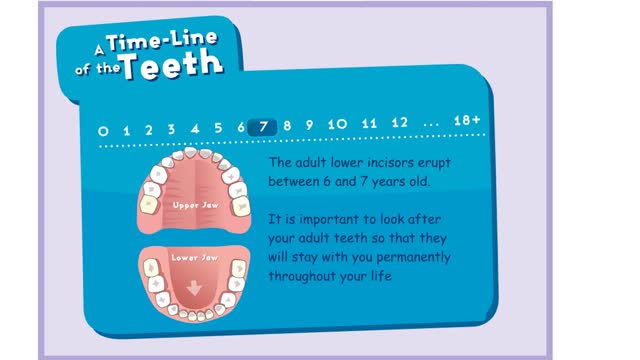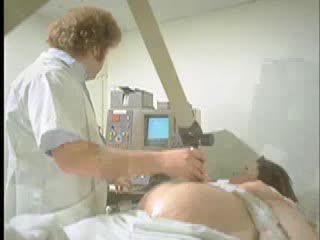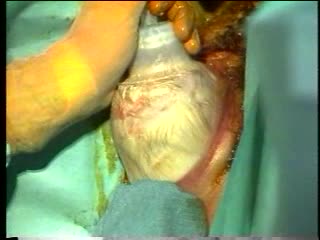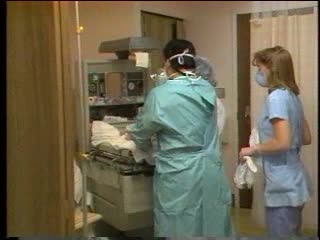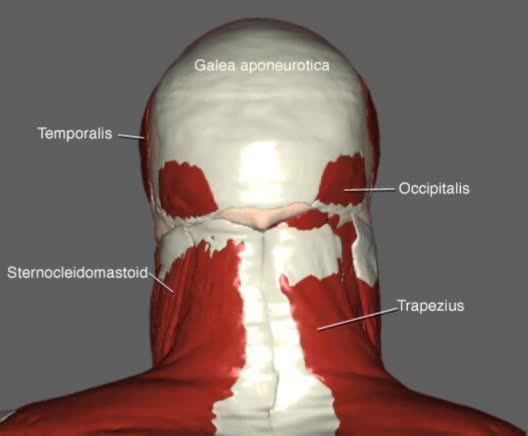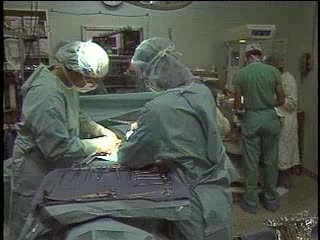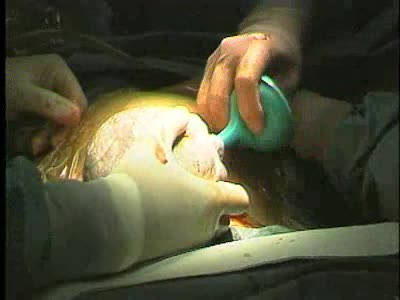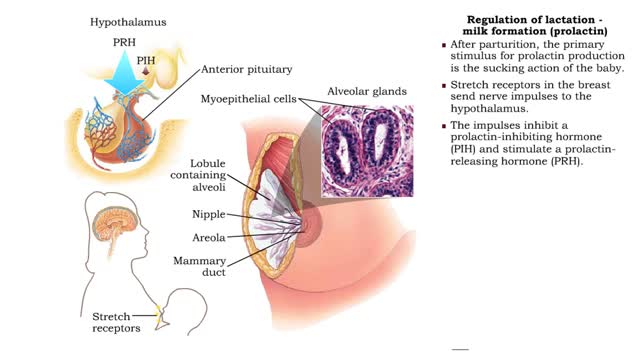Search Results
Results for: 'baby'
A timeline of the teeth (Explained - No Audio)
By: HWC, Views: 10117
Although most babies don't appear to have any teeth when they are born, they are in fact already well developed out of sight beneath the gum. The first molars erupt at about 12-14 months. The canines follow at about 16-18 months . By 3 years old, the second molars have usually erupted, c...
Ultrasound of a Fetus (Sonogram)
By: Administrator, Views: 14073
An ultrasound exam is a procedure that uses high-frequency sound waves to scan a woman's abdomen and pelvic cavity, creating a picture (sonogram) of the baby and placenta. Although the terms ultrasound and sonogram are technically different, they are used interchangeably and reference the same exam.
Labor and Delivery - Vacuum Extraction
By: Administrator, Views: 473
Vacuum extraction (VE), also known as ventouse, is a method to assist delivery of a baby using a vacuum device. It is used in the second stage of labor if it has not progressed adequately. It may be an alternative to a forceps delivery and caesarean section. It cannot be used when the baby is in ...
Labor and Delivery - Infant Cord Apgar
By: Administrator, Views: 468
As soon as your baby is born, a delivery nurse will set one timer for one minute and another for five minutes. When each of these time periods is up, a nurse or physician will give your baby her first "tests," called Apgars. This scoring system (named after its creator, Virginia Apgar) helps t...
Head and Neck Movement Animation
By: Administrator, Views: 426
Interestingly, head and neck muscles are the first ones that the baby can control. A baby can hold his head up before he can sit erect. The muscles of the head and neck perform many important tasks, including movement of the head and neck, chewing and swallowing, speech, facial expressions, an...
Labor and Delivery - Placenta Cord
By: Administrator, Views: 479
Soon after a baby is conceived, a support system, comprised of the placenta and umbilical cord, begins to develop. These two structures are essential for sustaining a healthy pregnancy, explains Donald Davis, an obstetrician in Medicine Hat, Alta., and past president of the Society of Obstetricia...
By: Administrator, Views: 469
Caesarean section, also known as C-section, or caesarean delivery, is the use of surgery to deliver babies. A caesarean section is often necessary when a vaginal delivery would put the baby or mother at risk. This may include obstructed labor, twin pregnancy, high blood pressure in the mother, br...
By: HWC, Views: 11968
Regulation of lactation - breast preparation • Pregnancy hormones trigger breast changes to prepare for feeding the new baby. • The amount of the hormone prolactin, essential to the initiation of lactation, increases steadily throughout pregnancy. • However, high levels of both estroge...
Labor and Delivery - Transition
By: Administrator, Views: 387
The last part of active labor – when your cervix dilates from 8 to a full 10 centimeters – is called the transition period because it marks the shift to the second stage of labor. This is the most intense part of labor. Contractions are usually very strong, coming every two and a half to t...
Advertisement



